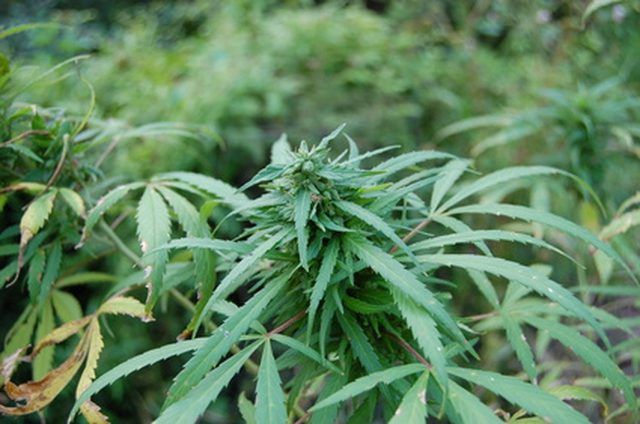Bulbs
Flower Basics
Flower Beds & Specialty Gardens
Flower Garden
Garden Furniture
Garden Gnomes
Garden Seeds
Garden Sheds
Garden Statues
Garden Tools & Supplies
Gardening Basics
Green & Organic
Groundcovers & Vines
Growing Annuals
Growing Basil
Growing Beans
Growing Berries
Growing Blueberries
Growing Cactus
Growing Corn
Growing Cotton
Growing Edibles
Growing Flowers
Growing Garlic
Growing Grapes
Growing Grass
Growing Herbs
Growing Jasmine
Growing Mint
Growing Mushrooms
Orchids
Growing Peanuts
Growing Perennials
Growing Plants
Growing Rosemary
Growing Roses
Growing Strawberries
Growing Sunflowers
Growing Thyme
Growing Tomatoes
Growing Tulips
Growing Vegetables
Herb Basics
Herb Garden
Indoor Growing
Landscaping Basics
Landscaping Patios
Landscaping Plants
Landscaping Shrubs
Landscaping Trees
Landscaping Walks & Pathways
Lawn Basics
Lawn Maintenance
Lawn Mowers
Lawn Ornaments
Lawn Planting
Lawn Tools
Outdoor Growing
Overall Landscape Planning
Pests, Weeds & Problems
Plant Basics
Rock Garden
Rose Garden
Shrubs
Soil
Specialty Gardens
Trees
Vegetable Garden
Yard Maintenance
How to Tell If You Have Found a Pot Plant
How to Tell If You Have Found a Pot Plant. Pot is an informal name for the cannabis or marijuana plant. Cannabis sometimes occurs in the wild as the hemp plant, but its psychoactive variety produces marijuana, a controlled substance, and growing it is a federal crime. You can follow these steps to determine if a plant you have discovered is in fact...

Pot is an informal name for the cannabis or marijuana plant. Cannabis sometimes occurs in the wild as the hemp plant, but its psychoactive variety produces marijuana, a controlled substance, and growing it is a federal crime. You can follow these steps to determine if a plant you have discovered is in fact a pot plant. If it is, contact your local law enforcement and report it.
Things You'll Need
Tape measure
Gardening gloves
Examine your surroundings. Pot plants can survive in every state, but the illegal nature of the plant makes them uncommon in the open. If you've found a plant that you think may be marijuana growing in someone's garden, it's probably not pot. The plant is most common in abandoned fields or forest clearings.
Measure the plant's height with a tape measure. Full-grown pot plants can reach up to 13 feet in height. If the plant you've found is taller, it's probably not pot.
Examine the stem of the plant. Marijuana plants have fibrous or woody stems. They are thick and do not droop. Pull on the top of the plant to see if the stem snaps easily. A pot plant's stem should not snap under light pressure. Wear gardening gloves when handling the plant.
Count the leaves on each branch. Pot plant branches terminate with palm-like leaves with five to seven fingers on each leaf. They are a vivid green with sawtoothed edges, according to the Kansas Bureau of Investigation.
Look for buds or flowers. Pot plant flowers are no larger than 1/4 inch long. If the plant you've found has longer flowers, it's not a pot plant.
Tips & Warnings
Call the police if you find marijuana plants, but realize that you may not have busted a drug ring. In 14 states, cultivation and consumption of marijuana for medical purposes is permitted with a physician's approval. Two more states, Arizona and Maryland, have passed favorable marijuana laws but have not yet legalized its use for medical purposes statewide.